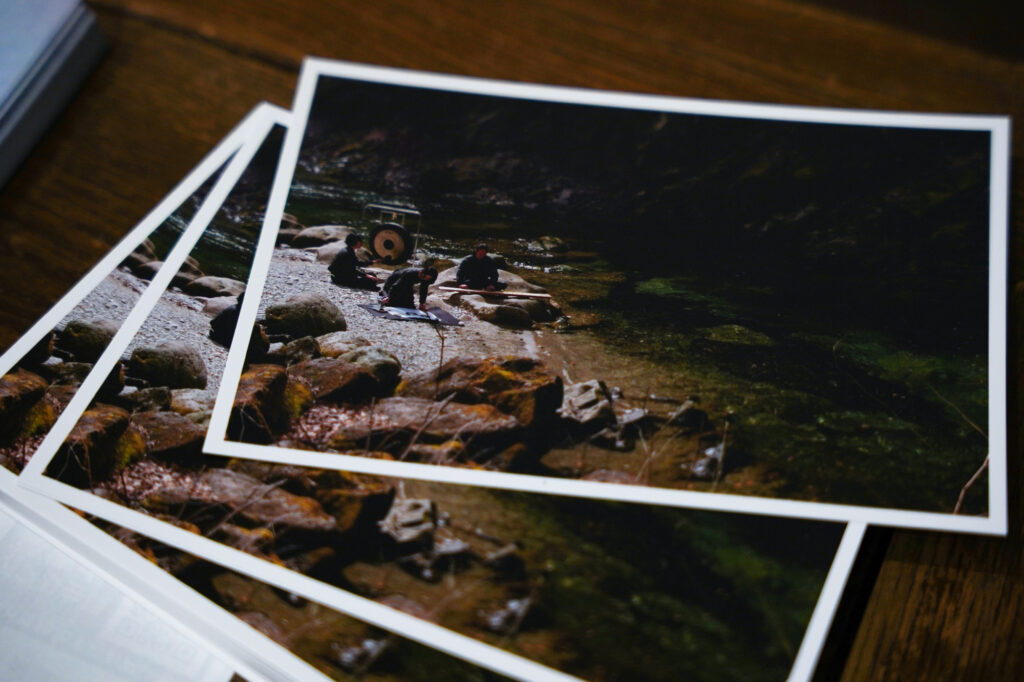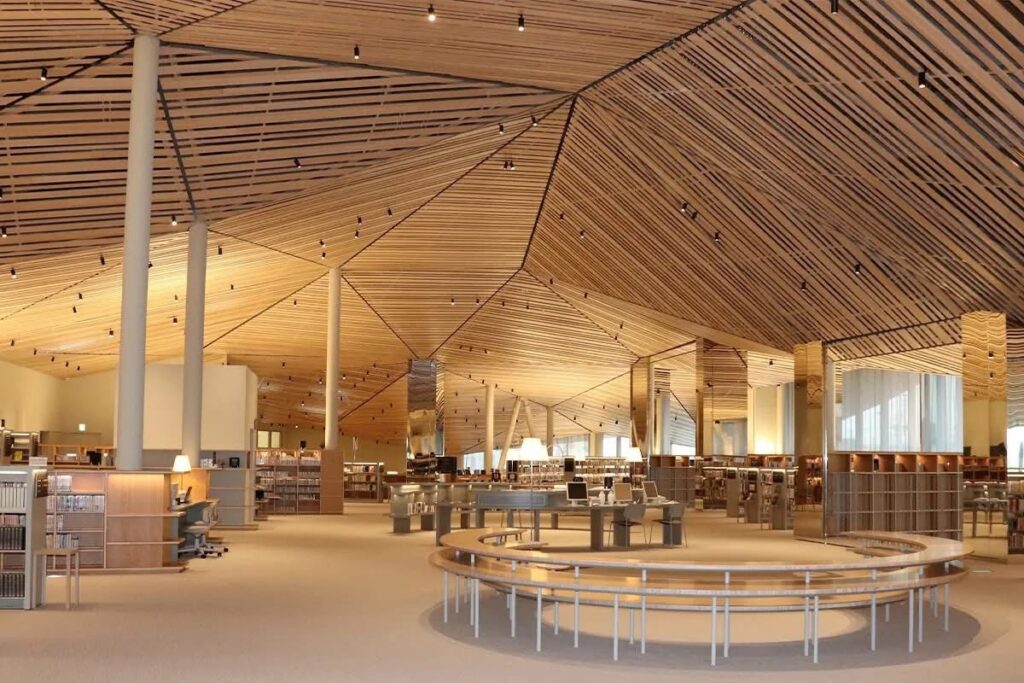
This time, I’d like to share thoughts on an art exhibition titled “SHO,” in which Taro Ishida and four other creators participate.
"Music harmonizes humans and Buddha" – Gakkaroku
Gagaku—the ancient court music—arose as an outpouring of reverence, awe, and gratitude toward transcendent entities: nature, deities, and Buddha. It expresses a deep sense of veneration and the desire to honor and connect with the divine.
During the ancient and medieval periods, the act of translating these spiritual sentiments into sound required not just skill but also a heightened sense of reverence toward the transcendental. This, in turn, necessitated a harmonious resonance with the natural world.
Wind, water, rustling leaves, birdsong, and even the subtle rustle of a performer’s garments were not mere background noise but essential elements of a symphony with the environment.
The performance spaces of ancient and medieval gagaku embodied this principle. They facilitated a concord between human and nature, making the “heart” of gagaku tangible. These ideal performance environments are encapsulated in the concept of teioukuichinyo, which roughly translates to "the harmony of garden and house as one." Scholar Michiko Togi eloquently describes it as "a sensory, auditory unity of space," far beyond the visual.

The Three Types of Gagaku Spaces, as Classified by Michiko Togi

However, in modern times, it may be difficult to find opportunities to listen to the symphony with environmental sounds that people in the ancient and Heian periods pursued in a space connected to the outside environment.
The “SHO” Exhibition

Shortly after reflecting on this, I encountered the art exhibition “SHO,” held at the “Miruru” library gallery in Nasushiobara, Tochigi Prefecture.
This collaboration brings together five creators:
Without prior consultation, each artist independently created works centered on the enigmatic shō. Like celestial bodies orbiting the shō, these creations align sporadically, offering a unique and profound perspective on this instrument’s mystique.
A Harmony of Sounds and Spaces
The exhibition venue, near the library’s south entrance, bathes in natural light and sound. Sunlight streams through the transparent automatic doors, while faint sounds from the nearby street—traffic, conversations, and the occasional chirping bird—meld seamlessly with the atmosphere. Inside, the gentle rustling of library patrons blends with music composed by Ishida and performed by Nakamura.
Standing amidst this convergence of sound, I experienced a moment of transcendence, as though my very thoughts had merged with the layers of sound.
As I entered the venue, enveloped in the town’s ambient noise, the shō music from the exhibition swept over me like a divine embrace, evoking an overwhelming sense of awe and connection.

Modern-Day Resonance with Gagaku’s Roots
Gagaku was born from a yearning to harmonize with nature, and this exhibition reminds us of its timeless essence. By experiencing the interplay between environment and music, I was drawn closer to the roots of this ancient tradition.
Adding to the experience, throughout the exhibition period (excluding Christmas), Hanako Nakamura’s gakubiwa music serves as the library’s background sound. These melodies enrich everyday moments, making even mundane interactions with books feel deeply precious.
In this contemporary echo of ancient gagaku ideals, the shō resonates not only as music but as a bridge connecting past and present, performer and listener, nature and human. The exhibition, featuring Sasaki’s animations, Wakao’s luminous installations, and the profound sound of the shō, invites us to rediscover this harmony.
I wholeheartedly encourage you to visit “SHO” and immerse yourself in this extraordinary artistic experience.

Exhibition Details
SHO
Written by Atsuko Aoyagi / ao.Inc.
#dailythoughts #japanesetraditionalmusic #composition
#gagaku #composinggagaku #nonmusic #gagakuperformance
#filmmusic #cinematicmusic #spatialmusic #gagakustories #sidenotes
#layer #mysterious #shogun #taroishida